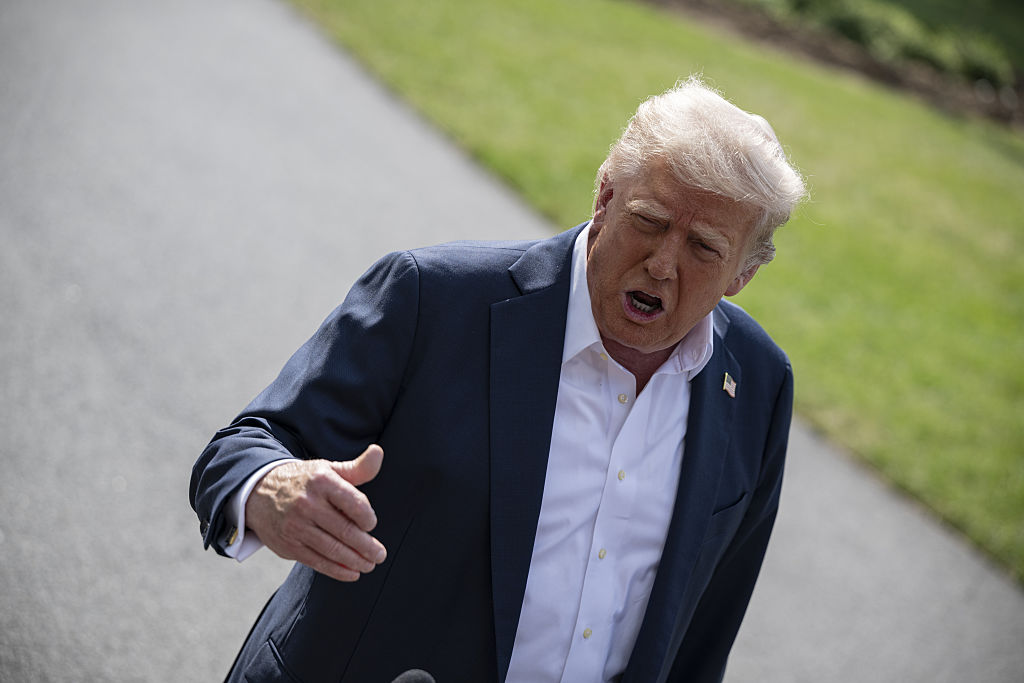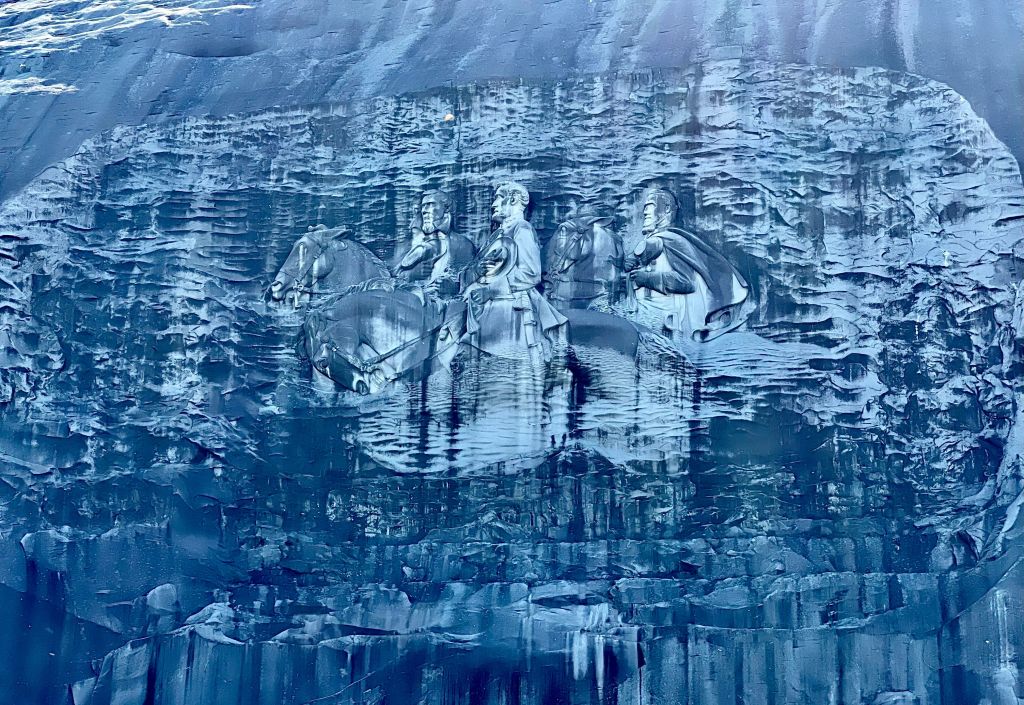NYC Basketball Players Once Great, Lose Luster
Once The Heartland Of Hoops, NYC No Longer Great
NEW YORK — This is the city where modern basketball was created. It’s where the game became art, where Bob Cousy put the ball on a string and Kareem Abdul-Jabbar took his first giant steps, where players from Allen Iverson to Kobe Bryant made a pilgrimage to Rucker Park.
Yet when the nation’s best high school players gathered last summer for the Elite 24 game, no New Yorkers were on the court. When the votes were tallied for this year’s AP college preseason All-America team, only one of 27 players was from the city. In the NBA, the number of players from city high schools is at a modern low.
New York City basketball just isn’t what it used to be — and that’s not even counting the Knicks.
“Memphis, Atlanta, Baltimore, D.C., Chicago, they’re all producing better players than New York right now,” says Jerry Meyer, national recruiting analyst for Rivals.com.
Custodians of New York’s hoop legacy have several explanations.
New York’s revolutionary style of play went global, they say. The Internet illuminates the talents of youngsters everywhere. There are more opportunities for city kids to leave for better schools, more summer-league coaches looking to make their own mark, more hype before the kids even hit their teens.
Which adds up to fewer stars from the place called by some “the mecca of basketball.”
“The game has just become democratized,” said Rick Telander, a sportswriter from the Midwest who spent the summer of 1974 in New York for his classic book, “Heaven Is a Playground.”
“New York was this bubbling cauldron that started all the things we see in the game today,” Telander says. “But there’s no way it could hang onto it, not when people are playing in Beijing and Sao Paulo and Berlin.”
Some die-hards insist that New York hasn’t slipped. But that’s hard to argue when you examine …
THE NUMBERS
In the 1970s, 43 players from New York City high schools played in the NBA, according to statistics provided by basketball-reference.com. In the ’80s there were 37 players; in the ’90s there were 27. In the 2000s, only 24 players from city high schools played in the league, meaning New Yorkers’ court time has declined significantly over the decades.
These figures don’t include players who left town to finish high school, such as Joakim Noah or Charlie Villanueva, or players from nearby suburbs, like Ben Gordon.
Ron Artest and Lamar Odom, key members of the NBA champion Lakers, learned to play in the city — but not recently. They came up in the ’90s.
The best New York born-and-bred pro under 30? Probably Sebastian Telfair, currently a backup in Minnesota.
There’s not much on the immediate horizon. On the current Rivals.com list of the nation’s top 150 high school seniors, there are only four New York City kids, none ranked higher than No. 45. The player in that spot is Maurice Harkless, who left Queens to play his final season at South Kent School in Connecticut. He’s just the latest example of a trend that has drained major talent from the city.
Call it …
THE EXODUS
“When I was growing up, the best players wanted to stay in New York,” says the Brooklynite Chris Mullin, who was the seventh pick in the 1985 NBA draft, played in five All-Star games, and was on the original Olympic Dream Team. “Now they look at other options.”
Schools right across the river in New Jersey, such as St. Anthony’s and St. Patrick’s, have attracted many talented New Yorkers. More than a dozen New England prep schools and basketball factories such as Oak Hill in Virginia and Findlay Prep in Nevada have taken their share, too. Despite producing Connecticut standout Kemba Walker, even traditional powers like Rice High School in Manhattan are struggling to keep pace.
There also have been huge socio-economic changes since the ’70s, enabling the hardscrabble families that produce so many athletes to seek more comfortable lives outside city limits.
“For the most part, New York only has players who are stuck in the city,” says Clark Francis, publisher of the HoopScoop recruiting newsletter. “If you can go to a good basketball school, play a national schedule, be close to the city but not in the city, that’s a good situation.”
And the best players will get noticed no matter where they are, thanks to …
THE CIRCUIT
Kenny Smith remembers when the best New York schoolboys played summer ball for either Riverside Church or the Gauchos. Now they play for any of dozens of teams on “the circuit,” the summer AAU season.
On the circuit, teams from all over crisscross the country, often lavishly sponsored by sneaker companies. College coaches peruse the prospects at huge, catchall tournaments featuring hundreds of squads.
“The circuit wasn’t mandatory then,” says Smith, who was picked sixth in the 1987 draft and won two NBA championships. “You would walk into a New York City park, and every college coach would be there.”
“Kids from other places were always good,” he says. “We just see them now. We didn’t see them as much before.”
Many say the circuit has created a glut of teams, diluting the quality of New York ball — particularly the coaching.
“The guys who were in basketball back then were basketball guys,” says Smith, now an NBA analyst on TNT. “They didn’t look for anything for themselves. They were lifers. They just played and coached for life. Now it’s the neighborhood guy who has a kid who’s good” and builds a team around him.
Tom Konchalski, a New York native who has scouted high school players for nearly 50 years, says the circuit also emphasizes travel and games over practice.
“Especially in New York, they never stop playing an endless series of games,” he says. “There’s more out-of-season ball then ever, and that’s when they used to work on skills.” That includes the city’s signature ability, known as …
THE HANDLE
Telander saw something unique on the playgrounds back in ’74: “When they had the ball in their hands, players were creating things that you didn’t see in organized basketball. There were a lot of personal statements being made above and beyond just the game. The basketball I had seen other places was sort of methodical.”
The classic New York ability to dribble the ball — think Pearl Washington, who electrified college audiences at Syracuse; Mark Jackson, No. 3 on the all-time NBA assist list; or the 6-foot-10 Odom, who often runs the Lakers’ fast break — largely came from playing outdoors.
“Some days you couldn’t shoot from outside,” Mullin remembers. “The rim might be 12 feet or 7 feet, it might be windy out. Everybody knew you were going to the basket, so you needed incredible skills to get into the paint and finish. That meant being creative, getting open, shooting runners, floaters.”
Today a sharp handle is standard equipment for all players — “and it was the New York influence that did it,” Konchalski says.
He is saddened by the downward trend in the number of elite city players.
“The situation will probably go lower and get worse before it gets better, because people have to realize that it’s reached desperate stages and something has got to be done,” Konchalski says. “If you love New York City basketball, it is sad that it no longer is the mecca.”
There’s one area New York hasn’t slipped, though …
THE HYPE
In 2008, Dime magazine put Brooklyn’s Lance Stephenson on its cover with the proclamation: “This 17-year-old would be an NBA star right now.” In 2010, Stephenson was drafted in the second round. He’s now glued to the bench in Indiana.
Felipe Lopez was on the cover of Sports Illustrated while still at Rice High School. He lasted all of four seasons in the NBA. Telfair also made the SI cover; he’s been traded five times in eight seasons, including to Minnesota twice.
With so much mythology and so much media in New York, there’s a tendency to make good players seem great.
Meyer remembers when ESPN had just started showing high school games, and Jay-Z was in the stands watching Telfair. “I remember thinking that he’s good, he will definitely play in the NBA, but if he wasn’t from New York, nobody would be saying he’d be an All-Star,” he said.
Dwayne Morton, who coached Telfair and Stephenson at Lincoln High in Brooklyn, said the spotlight and the pressure have robbed players of something special.
“The love is gone,” he says. “It was all business for Lance. He could never truly love the game.”
But even without the love, without a bumper crop of top players, New York will always have …
THE FUTURE
There are more than 700 outdoor courts in the city, and about 75 outdoor tournaments, according to Bobbito Garcia, a New York player and filmmaker. His forthcoming documentary, “Doin’ It in the Park: Pickup Basketball in NYC,” reveals a still-thriving basketball culture.
“I don’t think the cupboard is bare, but there needs to be a reassessment,” Smith says. “We’re down, but we’re not out. We’re more like a redshirt freshman than a guy who can’t make the team.”
Garcia has played in 45 countries on five continents, and ballers everywhere tell him they dream about competing on the playgrounds of New York.
In that way, he says, New York will always be the mecca.
“There are too many courts, too much history, too much culture,” Garcia says. “It always will be special. It can’t help but be special, whether it’s producing the No. 1 high school player or not.”
RELATED:
The basketball renaissance man















